The value of vernacular, by Jeremy Spencer of Janine Stone
When planning a new house or transforming an existing one, local architectural styles offer a rich seam of inspiration that will ensure it blends beautifully with its surroundings. Jeremy Spencer of Janine Stone shares the secret of getting it right with Country Life’s Executive Editor, Giles Kime.
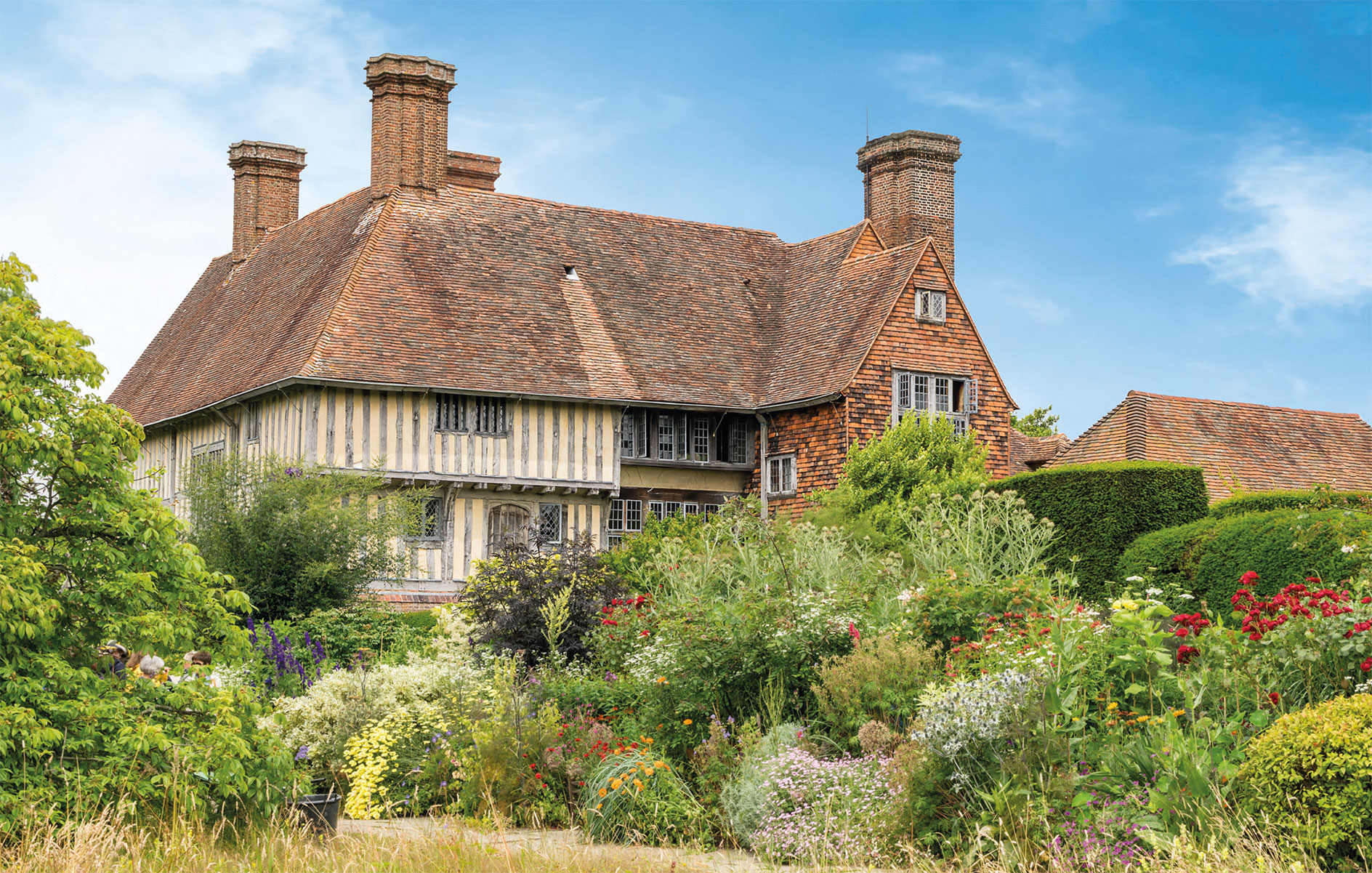

Britain boasts a richness of vernacular architecture that ranges from medieval oak-framed buildings to handsome stone houses, reflecting local heritage, materials and craft. This offers inspiration for new houses, as well as additions and interventions to existing ones. As Britain’s leading specialist in beautifully designed and crafted homes that combine the best of classic and contemporary, Janine Stone has decades of experience in employing vernacular styles to create timeless properties in harmony with their setting.
What is your definition of a local vernacular style?
The vernacular style of an area tends to be driven by the materials that were locally available, particularly in the construction of functional buildings such as stone, timber, clay and slate. These are what lend an area its distinctive appearance and also create a sense of place; think of the difference between the timber-framed buildings in areas such as Sussex and villages in North Yorkshire that were constructed almost exclusively of stone. Construction methods also contributed to these differences; techniques such as stone carving, weatherboarding, pargeting and decorative brickwork all have an important part to play in these regional distinctions. Employing these techniques is a great way to preserve these skills. In many areas, the Industrial Revolution and the advent of the rail network allowed builders to work with a wider variety of materials from all over the country and, since then, these differences have become less pronounced.
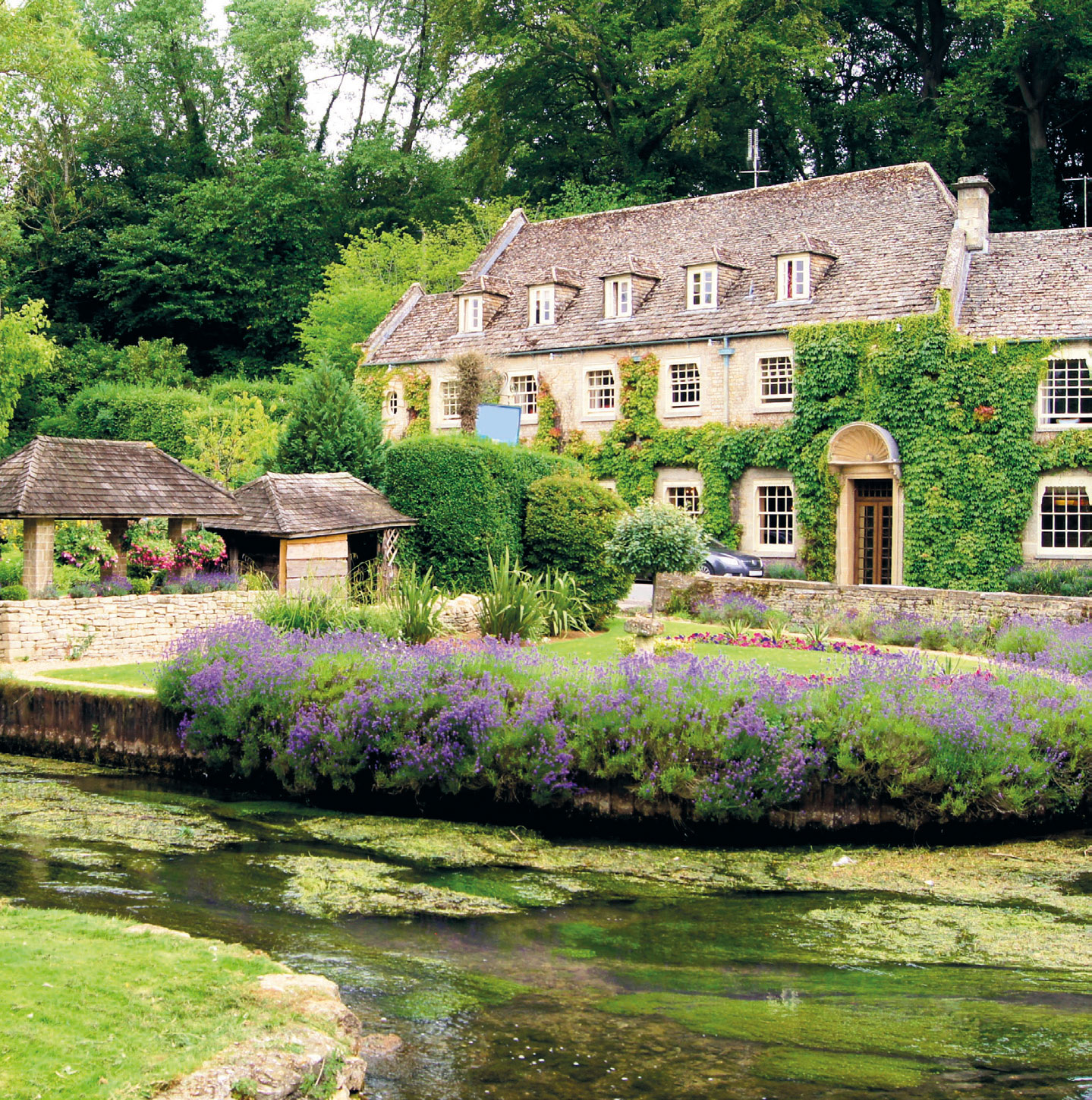
What do you regard as the importance of vernacular styles in the context of a new or extended house?
You only need to look at the work of Sir Edwin Lutyens to see how the use of vernacular styles can ensure that new houses slip seamlessly into their surroundings. Significant examples of these are Great Dixter in East Sussex, which combines a 15th-century house with new additions, and Deanery Garden, which Lutyens designed for Edward Hudson, the founder of Country Life. The same is true of extensions and ancillary buildings, which are hugely enhanced by vernacular styles. These can take many different forms, including a loose interpretation of the principal house or a completely different approach.
How is it possible to balance contemporary styles with local vernacular?
The two sit very happily side by side, complementing one another beautifully. It’s important that they are joined in a way that functions well and looks coherent. When considering a mix of vernacular architecture and contemporary interventions, using traditional local materials to create the modern elements can be extremely effective, especially when they are used in a surprising way. Glass is a wonderful material for extensions, but there are plenty of others, particularly brick, flint and lead, that add richness to a building. Whichever material is chosen, however, it is vital that it’s trimmed and finished well to avoid issues such as staining.
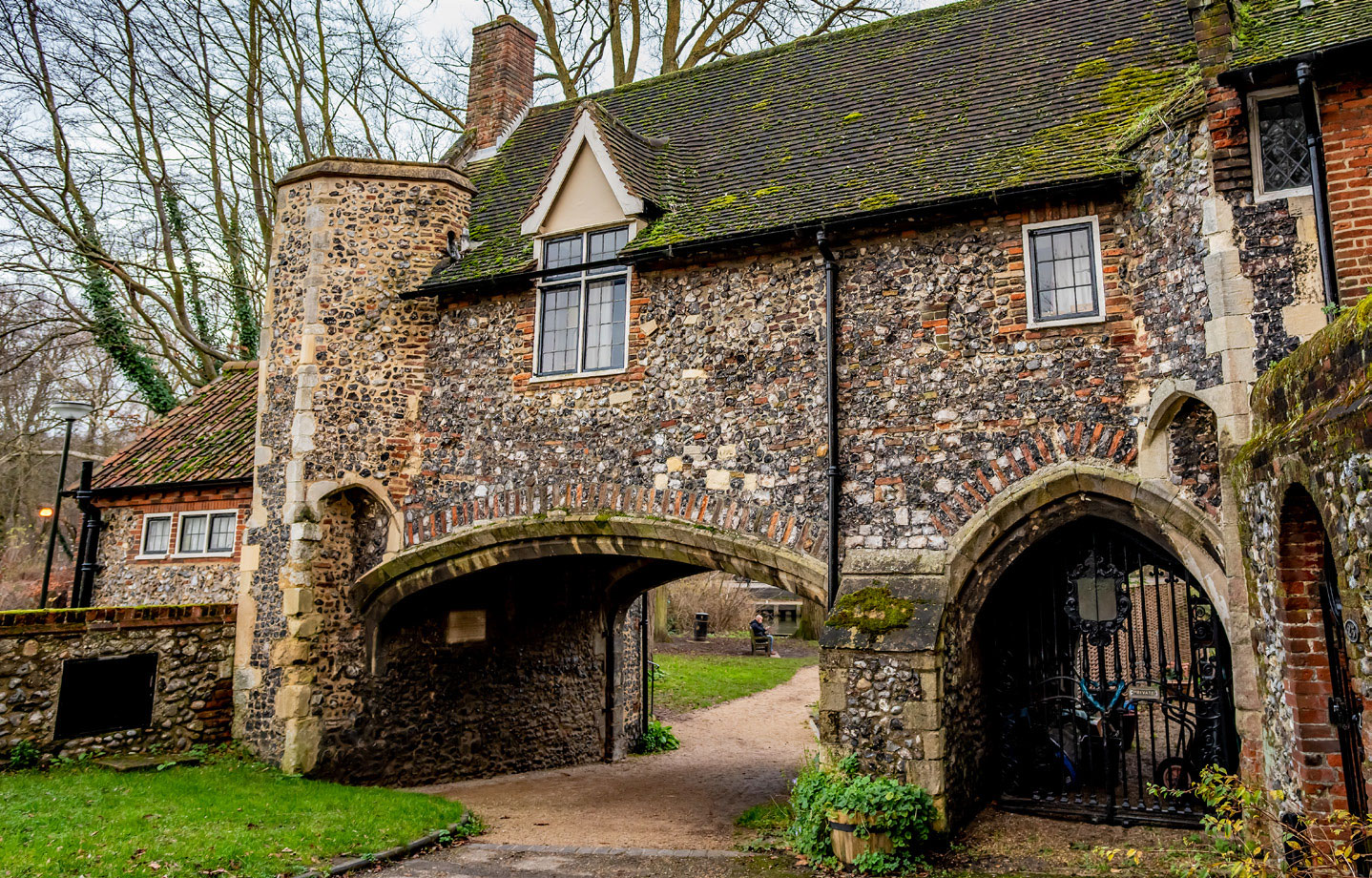
How important is research when considering vernacular architecture?
Research is vital both for determining the nature of vernacular styles and understanding the reasons that buildings are the way they are. An environmental survey will reveal why a building has evolved in a certain way—crofters’ cottages that are hunkered down into the landscape or houses that have been weatherboarded to protect them from weather conditions specific to the area. These findings aren’t merely useful for informing the design of buildings and interventions in a vernacular style, but also for contemporary ones. Over the course of the centuries, people have erected buildings that reflect their setting and often these responses are as much about function as they are about aesthetics.
Janine Stone & Co specialises in building and renovating great houses, incorporating architecture, interior design and construction management, and has been providing Country Life with insights and expertise on different elements of newbuild and renovation projects through this regular ‘Masterclass’ series. To speak with Janine Stone & Co, please telephone 020–7349 8888 or visit www.janinestone.com
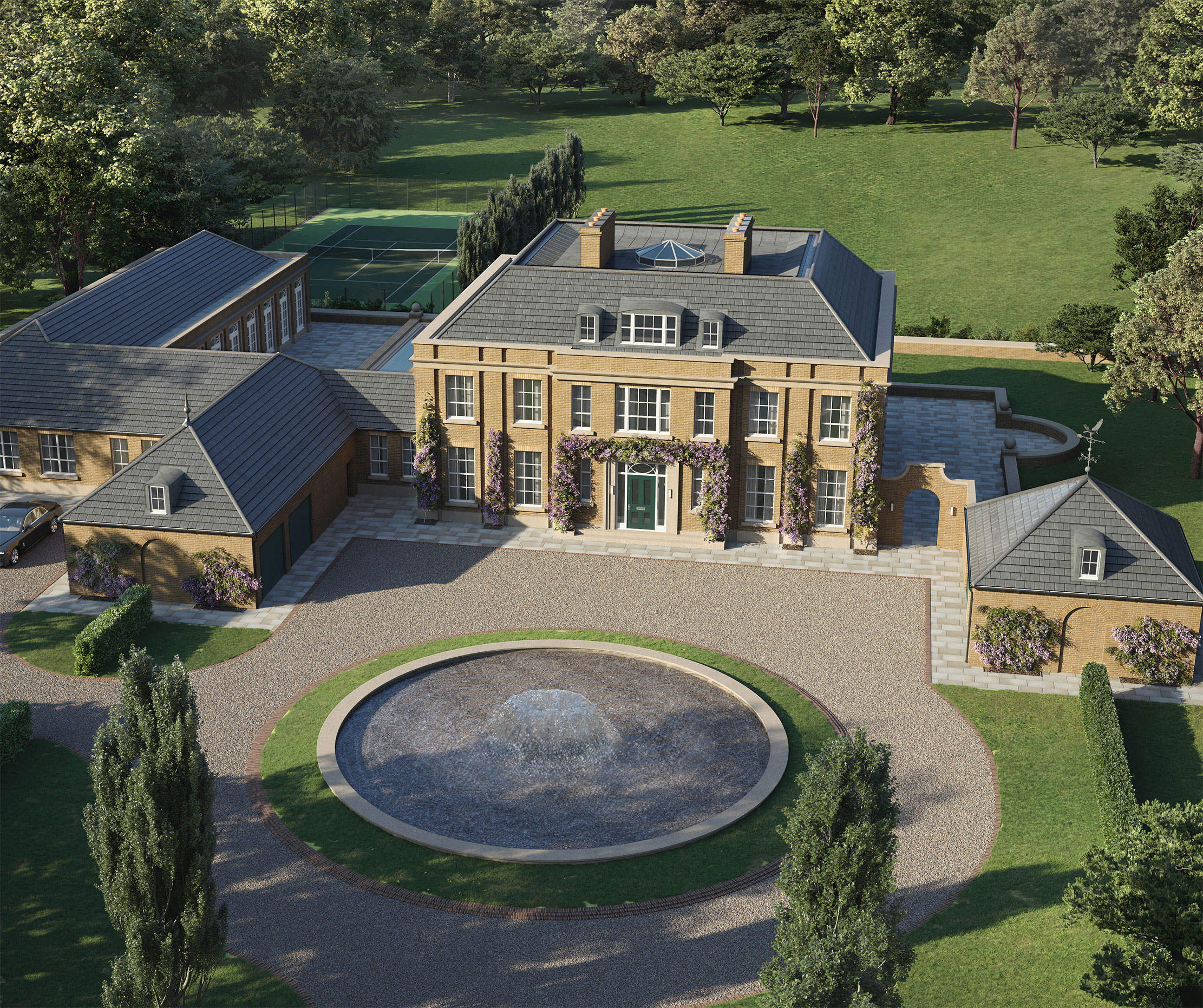
Credit: Janine Stone
The complex art of making spaces, by Jeremy Spencer of Janine Stone
There’s an alchemy to creating houses that don’t only function perfectly but look beautiful, too. Janine Stone's Jeremy Spencer explains

How your choice of bricks can have a transformative effect on your project, by Janine Stone's Jeremy Spencer
Giles Kime asks Jeremy Spencer of Janine Stone why bricks can have such a transformative effect on the success of

Janine Stone's Jeremy Spencer: 'The impact of windows on a building’s appearance can be transformative'
In the latest Janine Stone Masterclass, Giles Kime talks to Jeremy Spencer about the lessons we can learn from the

The secret of making the most of a house with a beautiful setting, by Janine Stone's Jeremy Spencer
You only need to explore Britain’s historic houses to appreciate the benefits of a beautiful setting. Jeremy Spencer of Janine
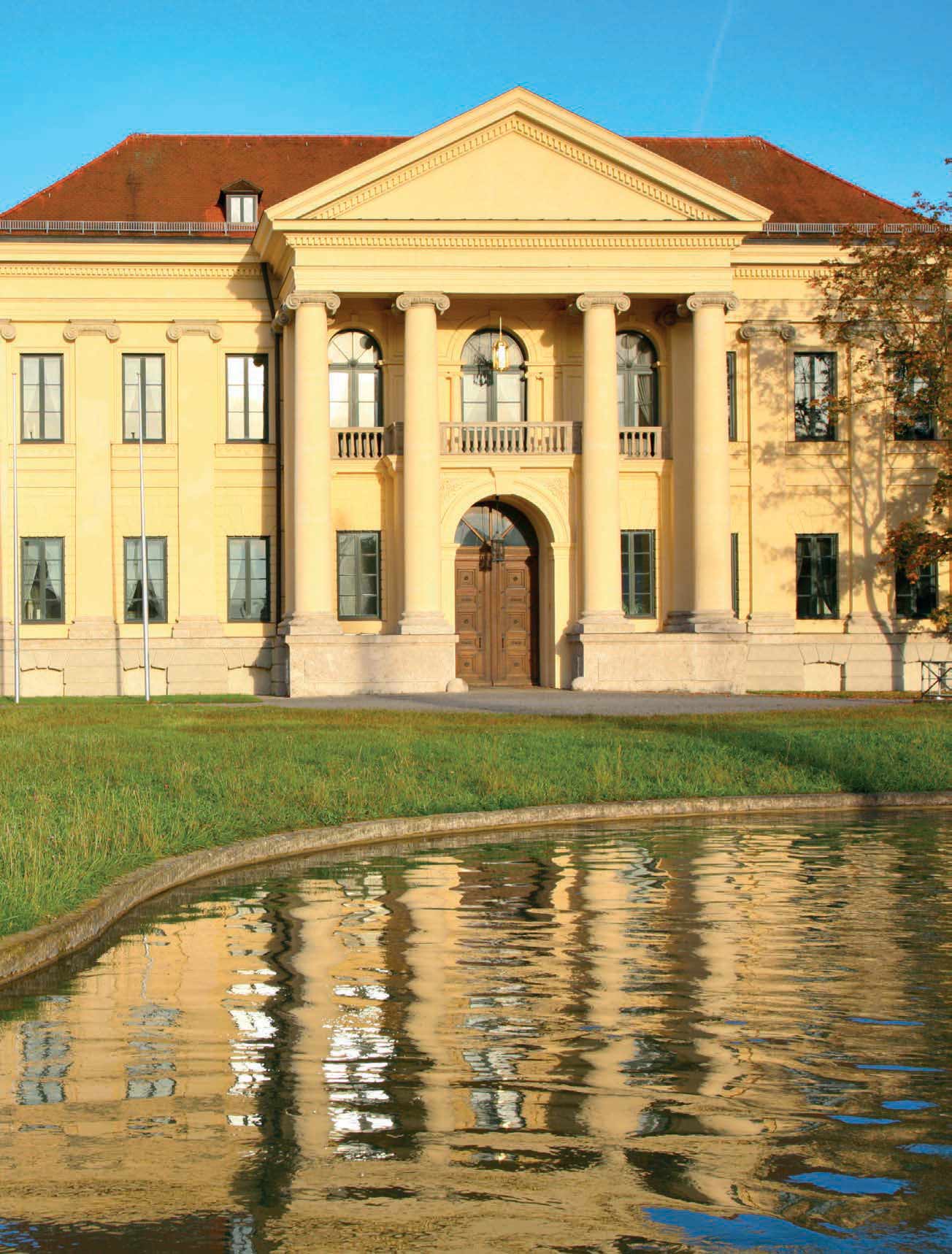
Credit: Janine Stone
Janine Stone's Jeremy Spencer on how houses need not just blend into their settings, but can actively enhance them
When creating a new country house, there are plenty of inspiring examples of how it can sit seamlessly into its
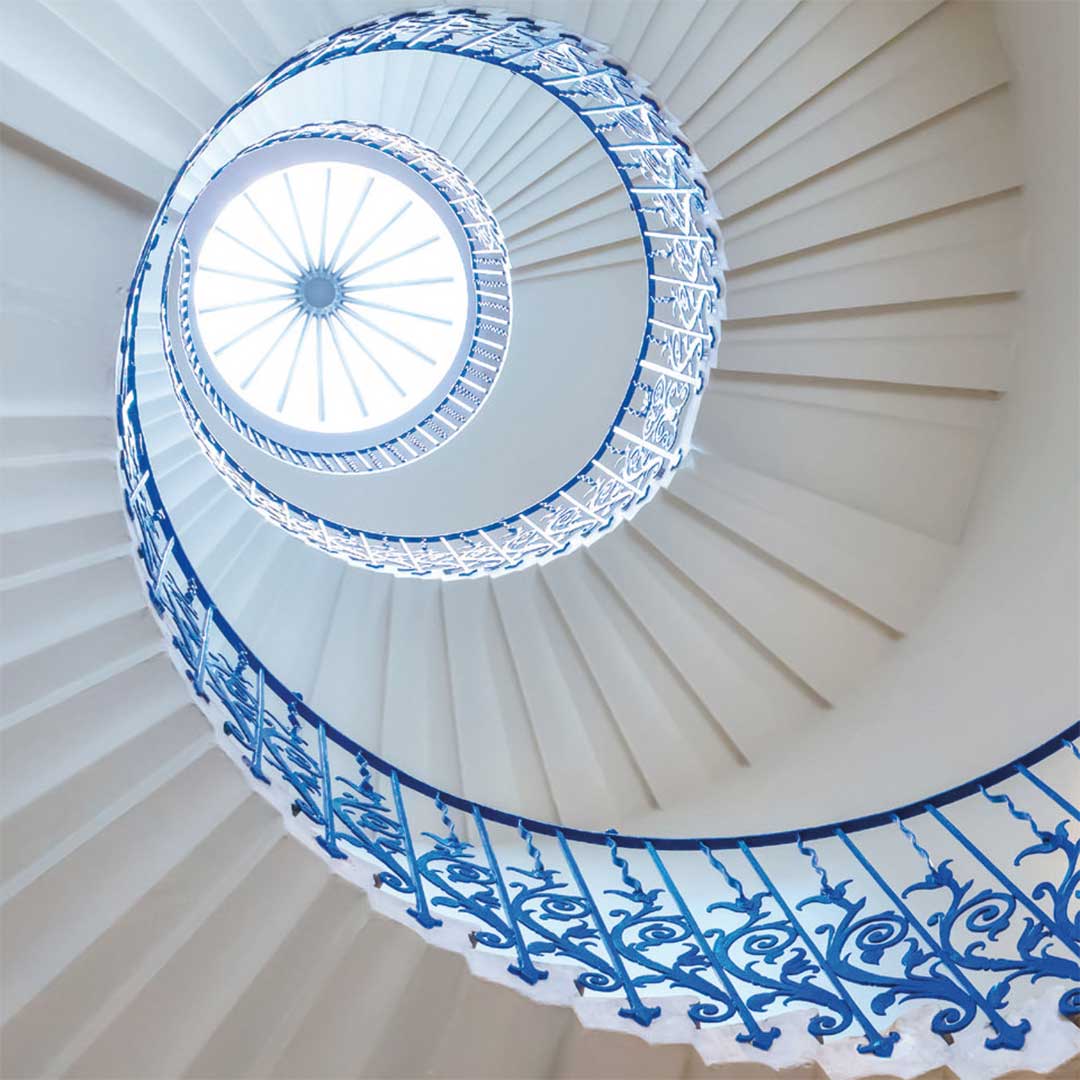
Janine Stone: 'Knowing who to work with, their capabilities and specialisms, is as important as the design itself'
The interior of a beautiful building is often what leaves the most enduring impression in a visitor’s memory; carefully crafted
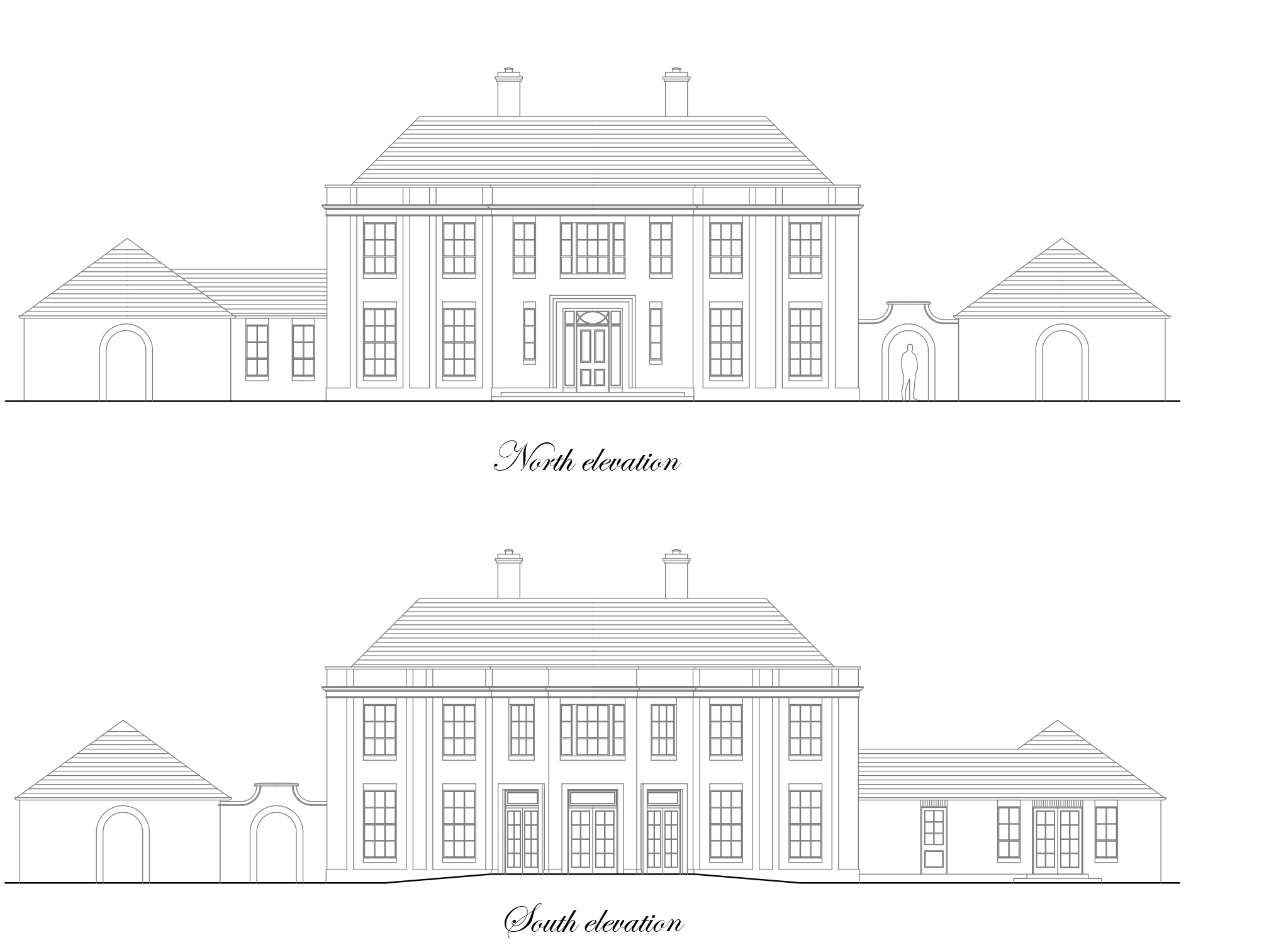
Credit: Janine Stone
Janine Stone's Jeremy Spencer on getting the right team for your project, and keeping the client at the epicentre
Jeremy Spencer of Janine Stone tells Country Life’s Giles Kime why collaboration is key to the success of an architectural

Credit: Janine Stone
Janine Stone: 'We create houses not only for clients, but for future generations'
In the third of our series of masterclasses, interior designer Janine Stone answers questions from Giles Kime about how to
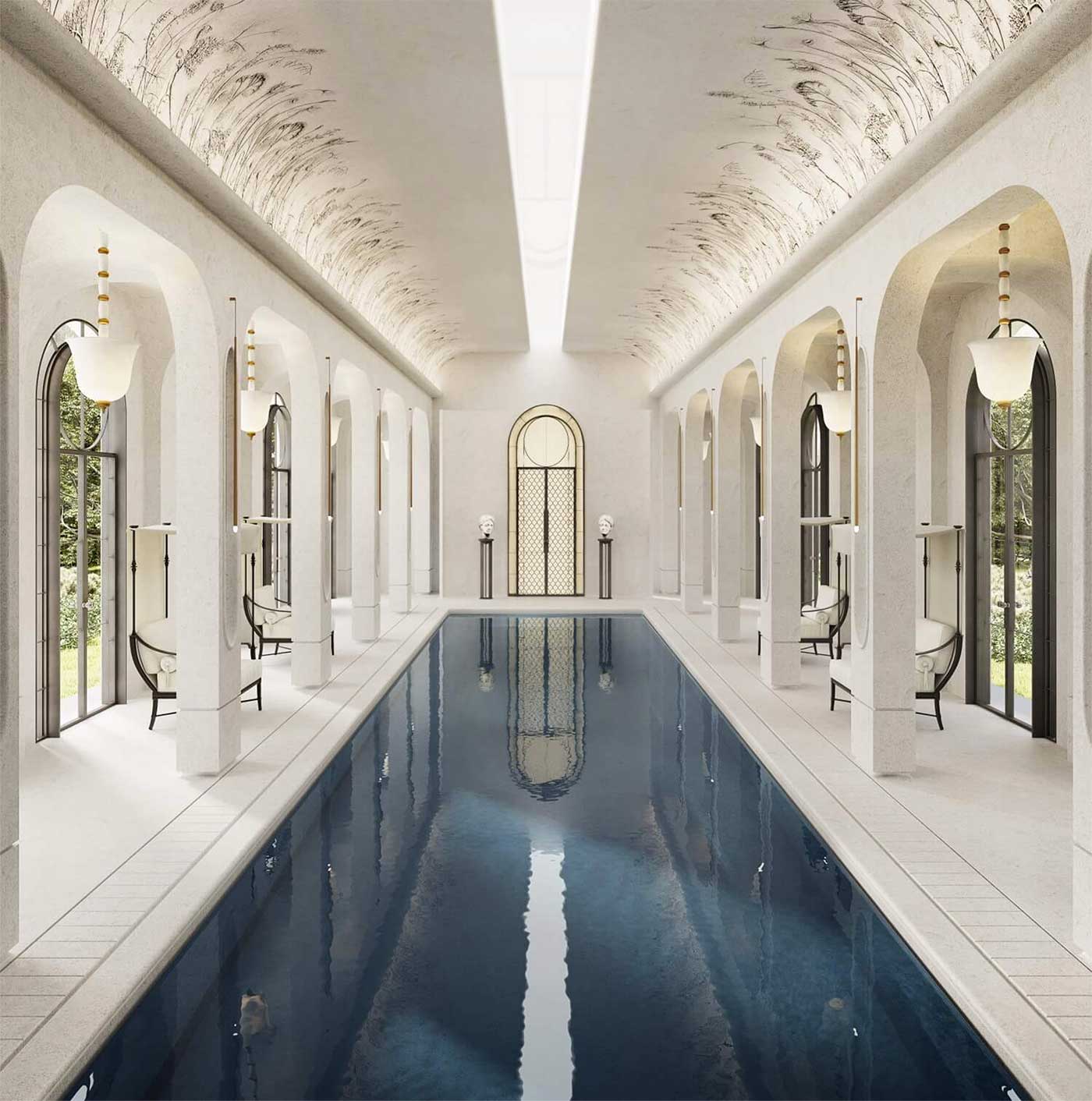
Janine Stone: How to fit a home gym, pool or yoga studio seamlessly into your house
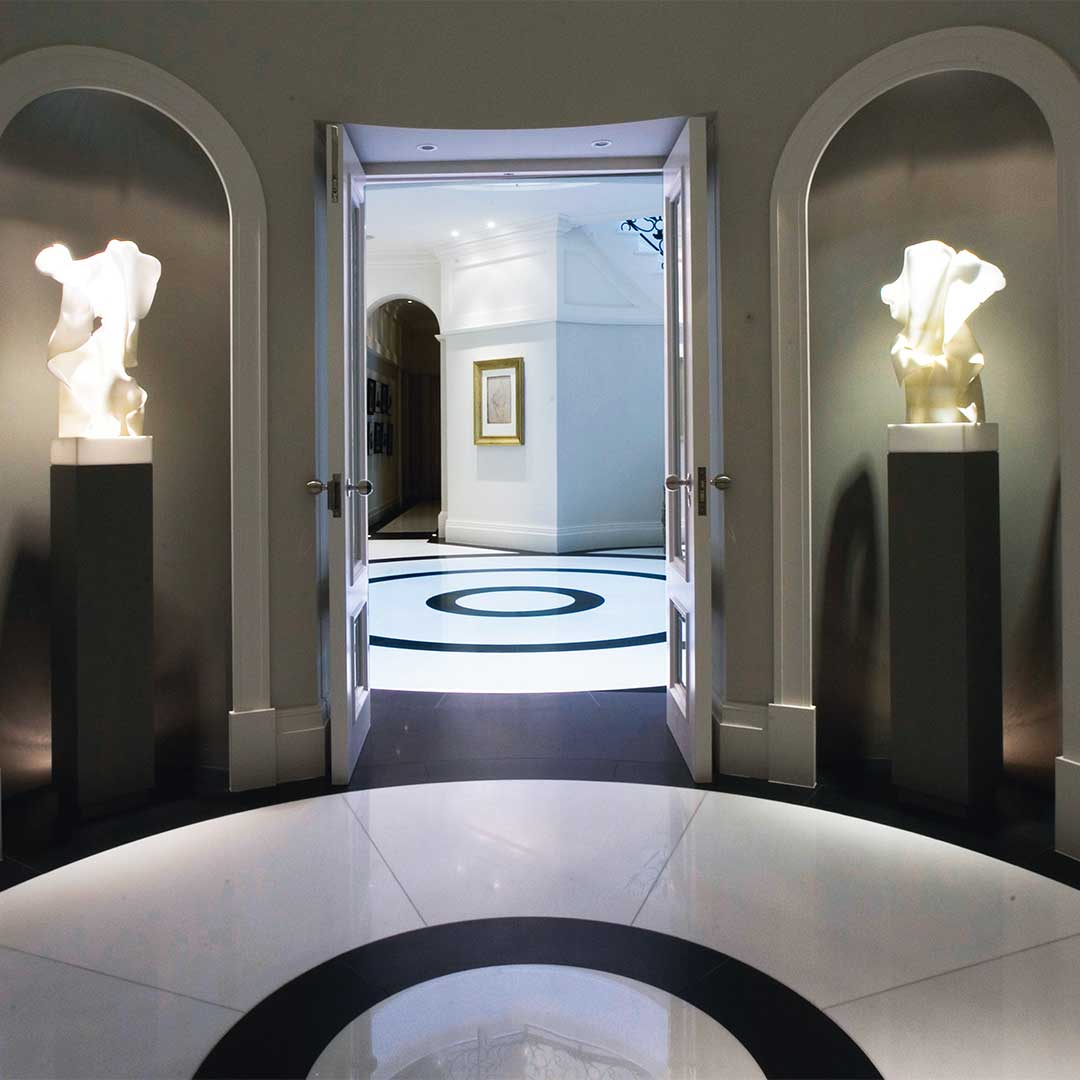
Janine Stone: Creating spaces to show off your art, sculpture, car or and even wine collection
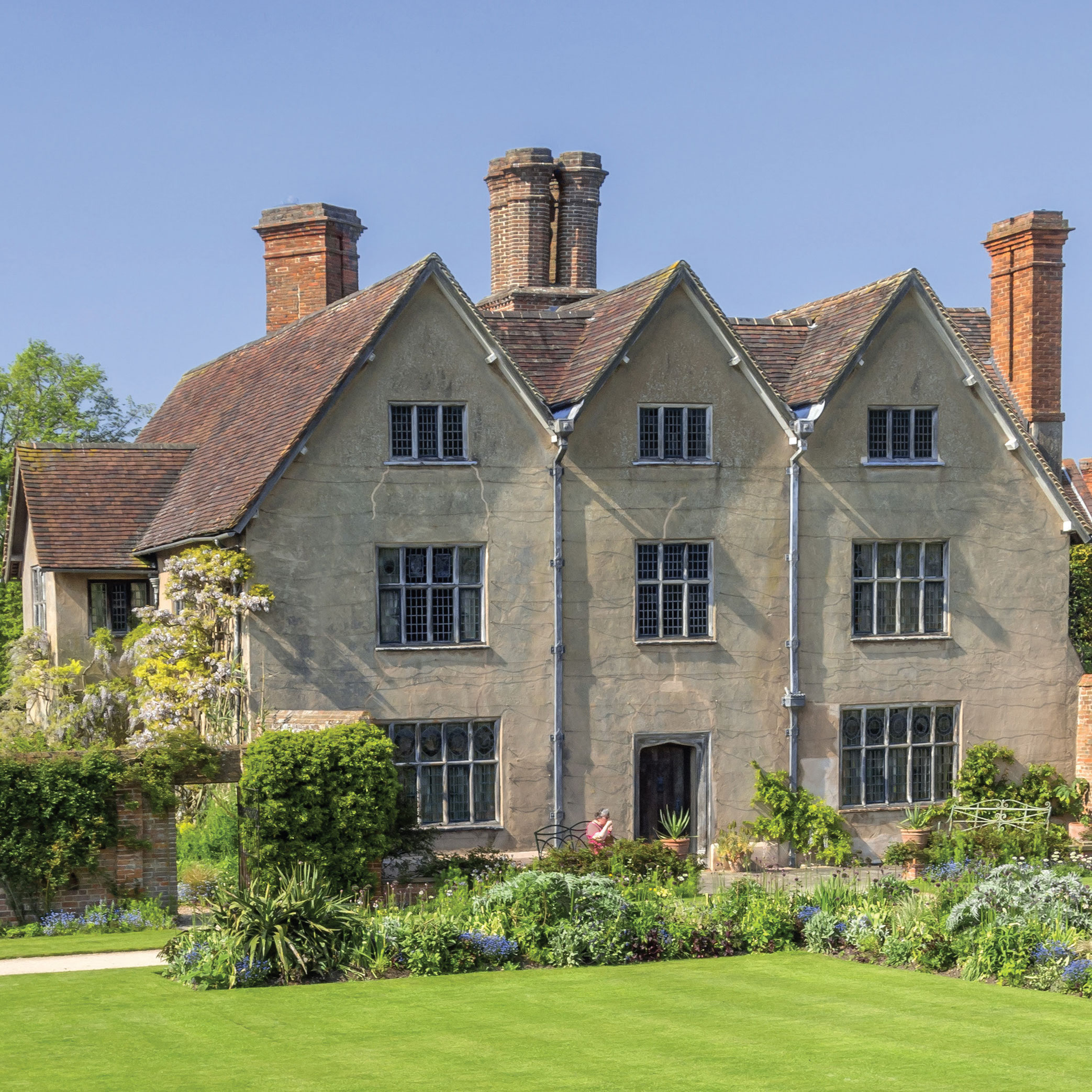
Credit: Janine Stone
Janine Stone: 'There’s an assumption that living in a period property involves a compromise in terms of layout and comfort. We don’t agree'
Exquisite houses, the beauty of Nature, and how to get the most from your life, straight to your inbox.
-
 A Venetian palazzo that entranced John Ruskin and was painted by Monet is for sale — but beware, it’s cursed
A Venetian palazzo that entranced John Ruskin and was painted by Monet is for sale — but beware, it’s cursedPalazzo Dario, on Venice's fabled Grand Canal, is an architectural gem, but new owners will have to grapple with its unfortunate past.
-
 Gavin Plumley: Shakespeare’s country isn’t Stratford-upon-Avon, it’s the quiet and beautiful Herefordshire countryside where Hamnet was filmed
Gavin Plumley: Shakespeare’s country isn’t Stratford-upon-Avon, it’s the quiet and beautiful Herefordshire countryside where Hamnet was filmedHerefordshire is the very picture of what England is in the collective mind’s eye.
-
 Jewels of the Mediterranean: Luxury multi-generational villa holidays
Jewels of the Mediterranean: Luxury multi-generational villa holidaysThe Thinking Traveller have some of the finest villas in the Mediterranean on their books for multi-generational holidays. Here are just a few of the highlights.
-
 Code8: Beauty on Burlington Arcade
Code8: Beauty on Burlington ArcadeCome along Burlington Arcade with Hetty Lintell to visit beauty gurus Code8, and try their new Day To Night Foundation.
-
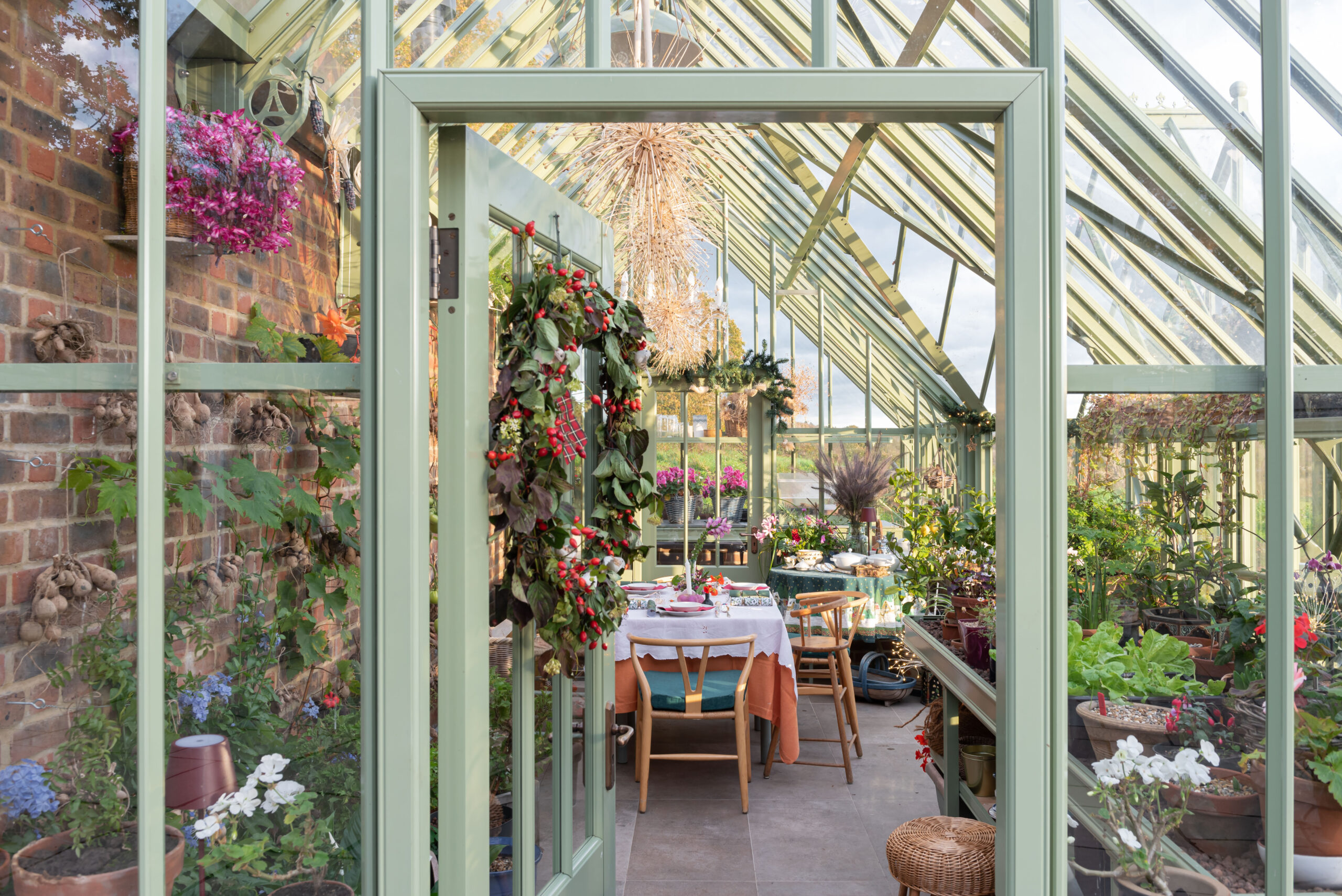 The gift of growing
The gift of growingEntirely built to suit your needs, a bespoke Alitex greenhouse not only helps you nurture flowers and vegetables, but also offers a tranquil retreat from the pressures of daily life.
-
 The ultimate Canadian train journey
The ultimate Canadian train journeyExperience the spectacular scenery of the Canadian Rockies onboard the luxury and top-tier service of Rocky Mountaineer.
-
 Diamonds are a man’s best friend
Diamonds are a man’s best friendMale interest in jewellery is on the rise, with gypsy and signet rings proving especially popular, according to renowned jeweller Hancocks.
-
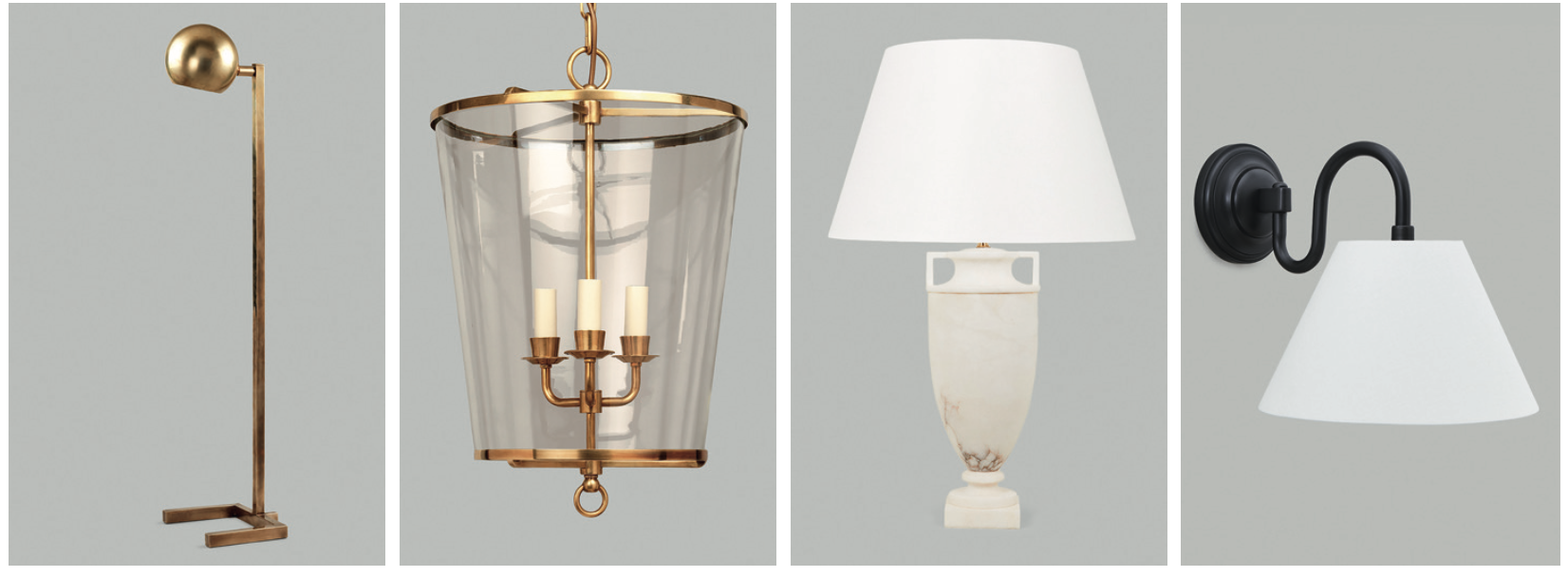 The Art of Lighting: Four of Britain's top designers share their best tips for choosing lighting
The Art of Lighting: Four of Britain's top designers share their best tips for choosing lightingAt a recent panel discussion hosted at Vaughan’s London showroom during Focus/24, interior designers Emma Pocock and Sarah Peake, lighting designer Jo Mann of Lighthouse Designs and Richard Smith of Vaughan shared their top 10 tips on choosing lighting.
-
 The beauty of bespoke: A journey with Julia Lloyd George
The beauty of bespoke: A journey with Julia Lloyd GeorgeGoing bespoke with Julia Lloyd George means getting not just a piece of jewellery, but a lifelong treasure.
-
 Hancocks: Sparkle of genius
Hancocks: Sparkle of geniusHistoric jewellery firm Hancocks, now in its new St James’s home, specialises in old-cut diamonds pieces that gleam and turn heads even in low light.
